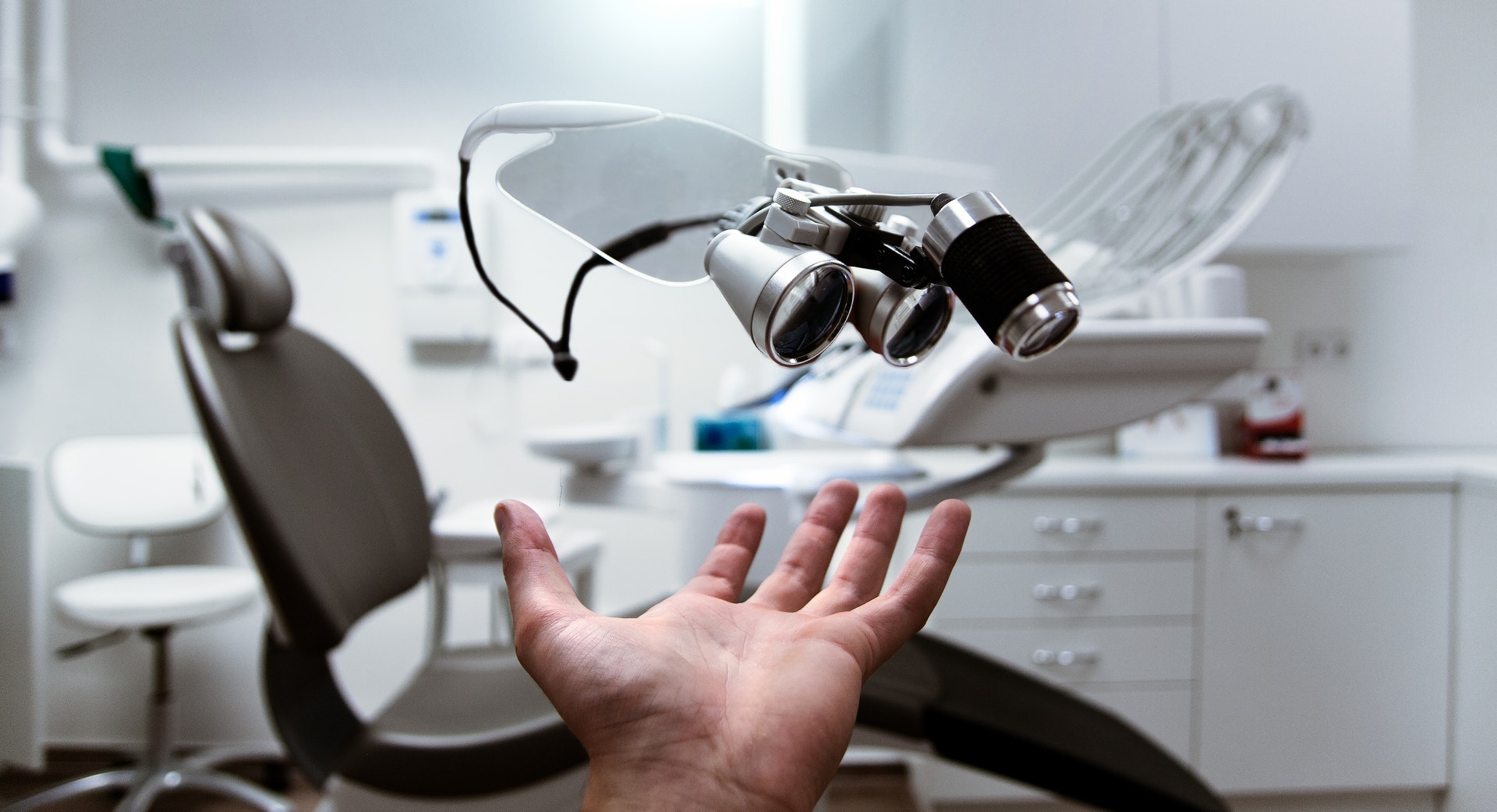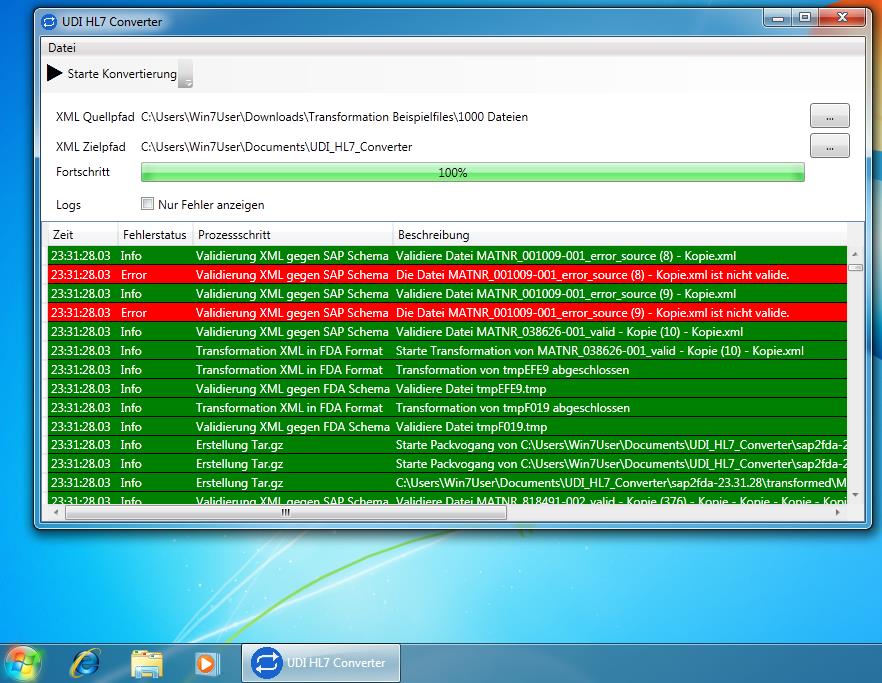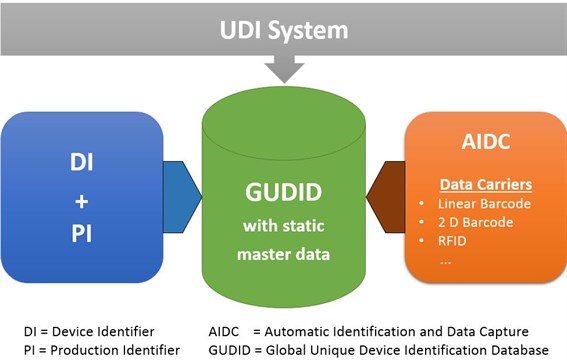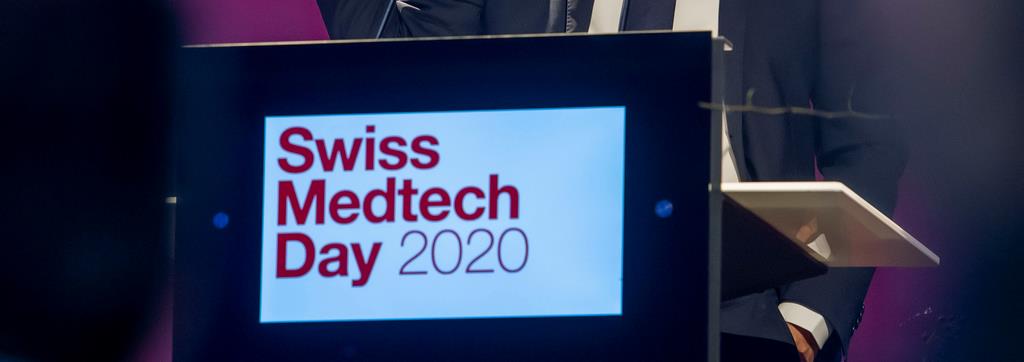
The IVDR provisions must be applied before May 26, 2022 (during the transition period). As obscurity still remains, the Medical Device Coordination Group (MDCG) recently published indications on how to deal with it for Class D IVDs.
Under the European IVD Regulation 2017/746, the in vitro diagnostic medical devices (IVDs) must be audited and certified by a notified body (NB). Additionally, some Class D devices have to be reviewed by an expert panel and/or tested by an EU reference laboratory (EURL).
The EURL checks the performance claimed by the manufacturer and verifies the compliance regarding the Common Specifications (CS). If no such CS exist for a device, the expert panel is the one to give his views. This actor is designed by the European Commission and has to “support the scientific assessment and advice in the field of medical devices and in vitro diagnostic medical devices”. Find more information about Expert panels here.
The following are the main points of the MDCG document “Application of transitional provisions for certification of class D in vitro diagnostic medical devices according to Regulation (EU) 2017/746“, in summary:
- The Notified bodies can accept and start the assessment of applications for class D IVDs, but cannot issue the certificates as long as the expert panel is not operational.
- The manufacturer´s performance evaluation report must be submitted to the expert panel by the notified body “within 5 days of receiving it from the manufacturer” (Art. 48(6) IVDR).
- For some class D devices, if no CS exist for them and it´s their first certification, the NB should consult the expert panel prior to issuing the certificates. Further guidance will clarify the process and tell more about which devices are concerned.
- If no EURL is designated for the device,…
- the expert panel should provide his views to the notified body within 60 days.
- the notified body can accept applications for class D IVD and issue certifications during the transition period.
- For the devices that got certified under the IVDR when no EURL existed, their certificates are sill valid until the expiration date.
- Before the EURL becomes operationnal, following considerations must be followed:
- For sample and batch testing, NB and manufacturer should follow either the Annex IX Section 4.12
or the Annex XI Section 5 (IVDR) - For performance verification, the NB should follow the “EURL-related provisions of Section 4.9 of Annex IX or Section 3 (j) of Annex X at the time of the re-certification in line with Section 4.11 (f) of Annex VII. So, the procedure set out in paragraph 5 of Article 48 involving an EURL will be applied at the time of the re-certification. “.
- For sample and batch testing, NB and manufacturer should follow either the Annex IX Section 4.12
- Before the EURL becomes operationnal, following considerations must be followed:









Related Posts